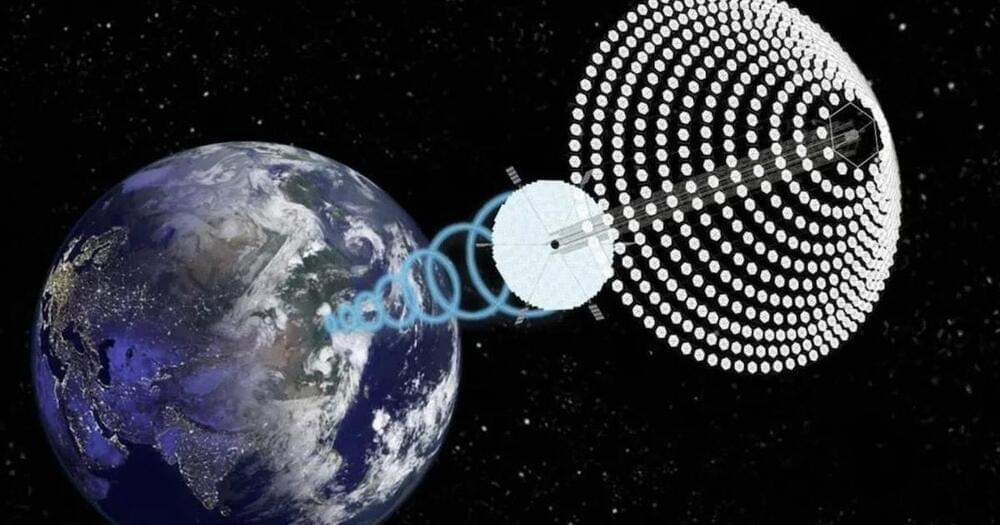This Video Explains Biogenesis of Ribosomes in Eukaryotes.
The Link Of The Transcription Of mRNA In Eukaryotes https://youtu.be/oZZMXv19PEU
The Link Of The Translation Or Biosynthesis Of Proteins https://youtu.be/85FUw8_YZYY
Thank You For Watching.
Please Like And Subscribe to Our Channel: https://www.youtube.com/EasyPeasyLearning.
Like Our Facebook Page: https://www.facebook.com/learningeasypeasy/
Join Our Facebook Group: https://www.facebook.com/groups/460057834950033
Support Our Channel: https://www.patreon.com/supereasypeasy
Get the latest international news and world events from around the world.

One dietary mineral could prevent cognitive decline, study shows
You may have heard the phrase, “You are what you eat.” It’s no surprise that what you put into your body directly impacts how you feel and other aspects of your health, including cognitive function.
In fact, diets that contain certain amounts of minerals like sodium and potassium could have an effect on brain function, especially in older adults, according to a recent study published in Global Transitions.
Researchers from China found diets higher in sodium were associated with a higher risk of cognitive decline and poor and deteriorated memory. On the other hand, participants in the study who had more potassium intake in their diet were associated with higher cognitive function.

Timeline of life extension
This is a timeline of life extension, attempting to describe significant and illustrative events on the topic, covering advocacy, experiments, some scientific research, and industry. For more content on life extension research, visit Timeline of senescence research and Timeline of calorie restriction.
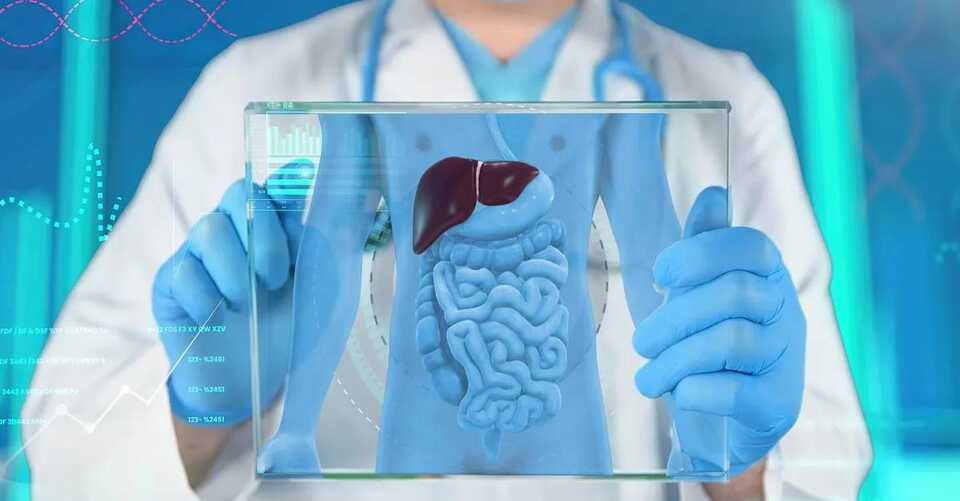
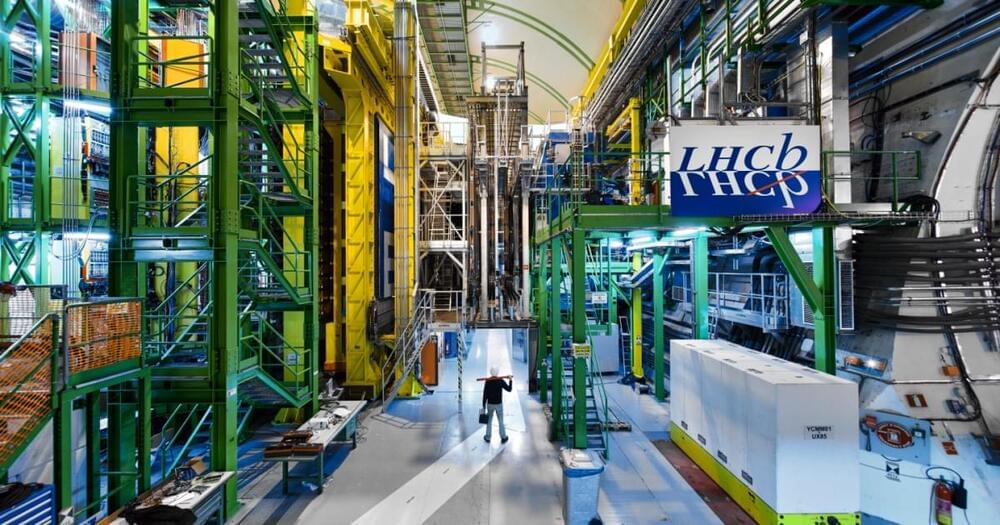
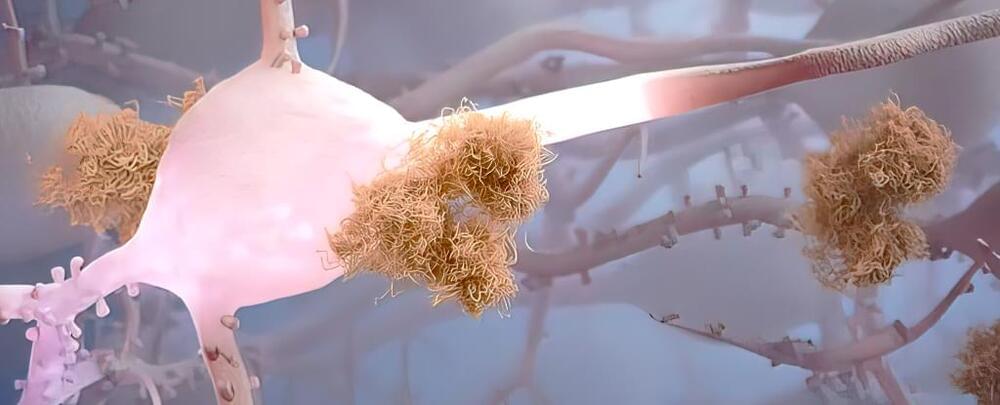
New Blood Test Accurately Predicts Alzheimer’s Years Ahead of First Symptoms
A new type of blood test can detect a hidden toxin behind Alzheimer’s disease years before a patient shows any symptoms of memory loss or confusion.
If the proof-of-concept can be further tested and scaled, the test could significantly speed up diagnosis, giving millions of patients answers and access to proper care long before their disease progresses.
Researchers at the University of Washington (UW) created the novel blood test. It’s designed to pick up on a molecular precursor in the blood that can cause proteins to irregularly fold and clump in the brain, ultimately forming amyloid beta (Aβ) plaques.
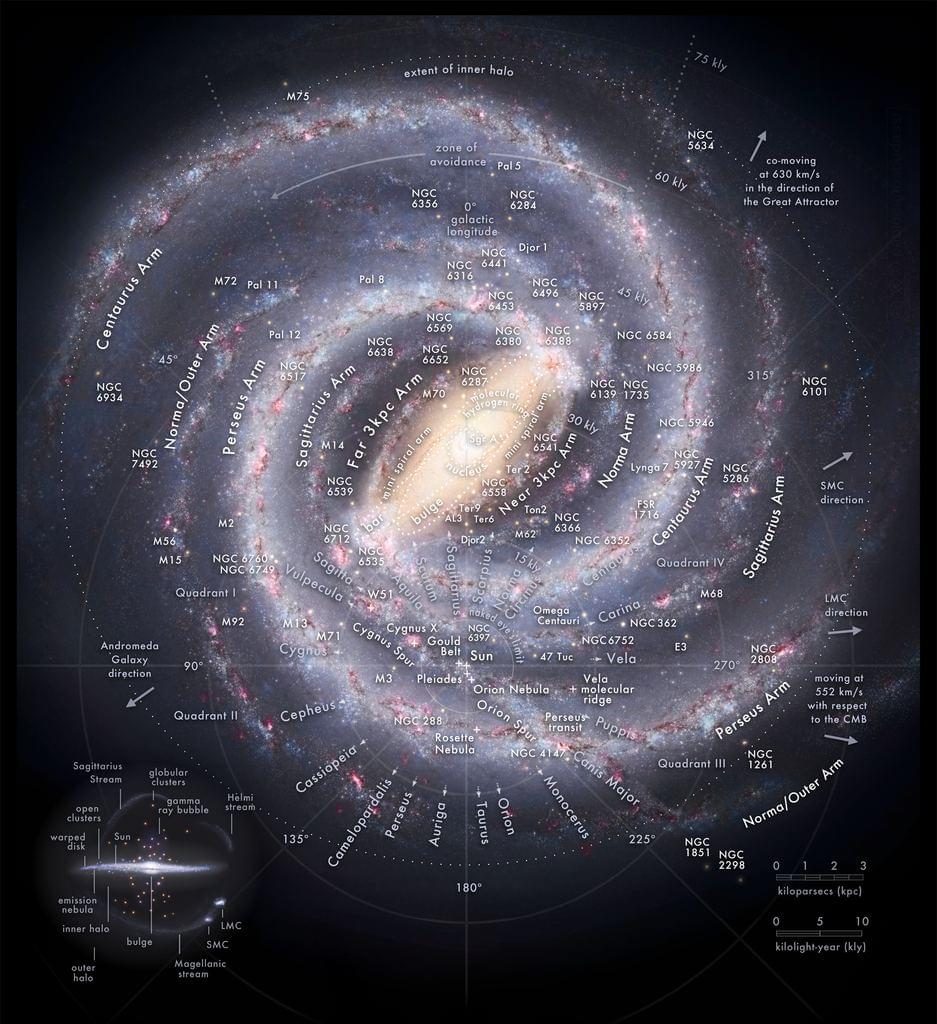
Is the Milky Way… Normal?
Studying the large-scale structure of our galaxy isn’t easy. We don’t have a clear view of the Milky Way’s shape and features like we do of other galaxies, largely because we live within it. But we do have some advantages. From within, we’re able to carry out close-up surveys of the Milky Way’s stellar population and its chemical compositions. That gives researchers the tools they need to compare our own galaxy to the many millions of others in the Universe.
This week, an international team of researchers from the USA, UK, and Chile released a paper that does just that. They dug through a catalogue of ten thousand galaxies produced by the Sloan Digital Sky Survey, searching for galaxies with similar attributes to our own.
They discovered that the Milky Way has twins – many of them – but just as many that are only superficially similar, with fundamental differences buried in the data. What they discovered has implications for the future evolution of our own galaxy.
